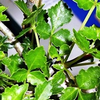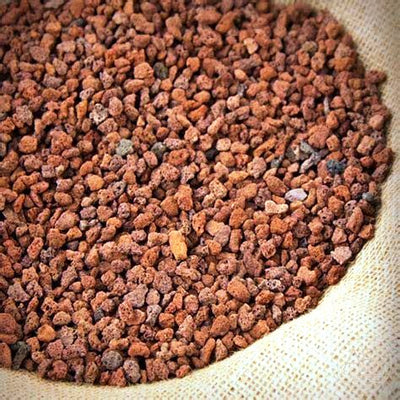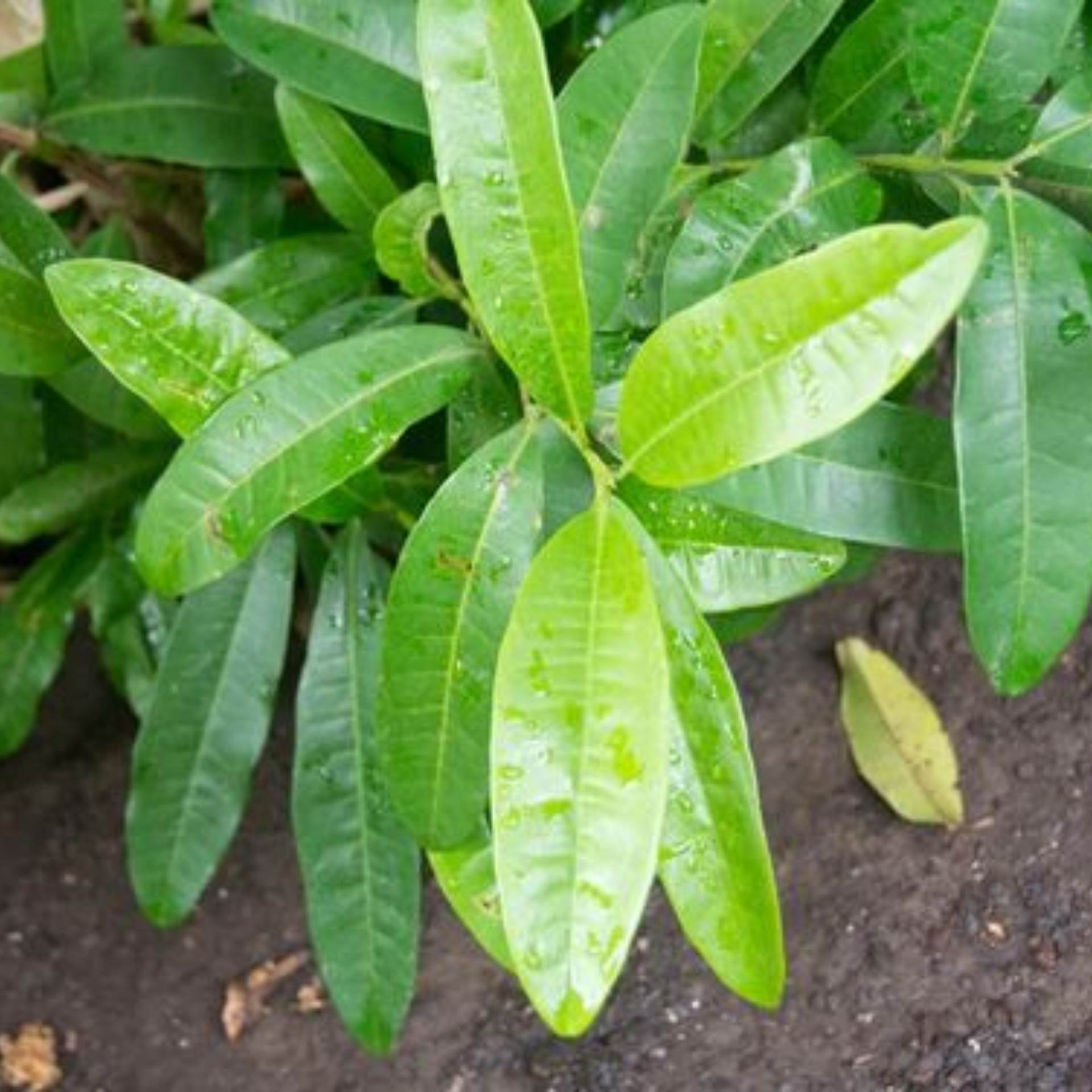
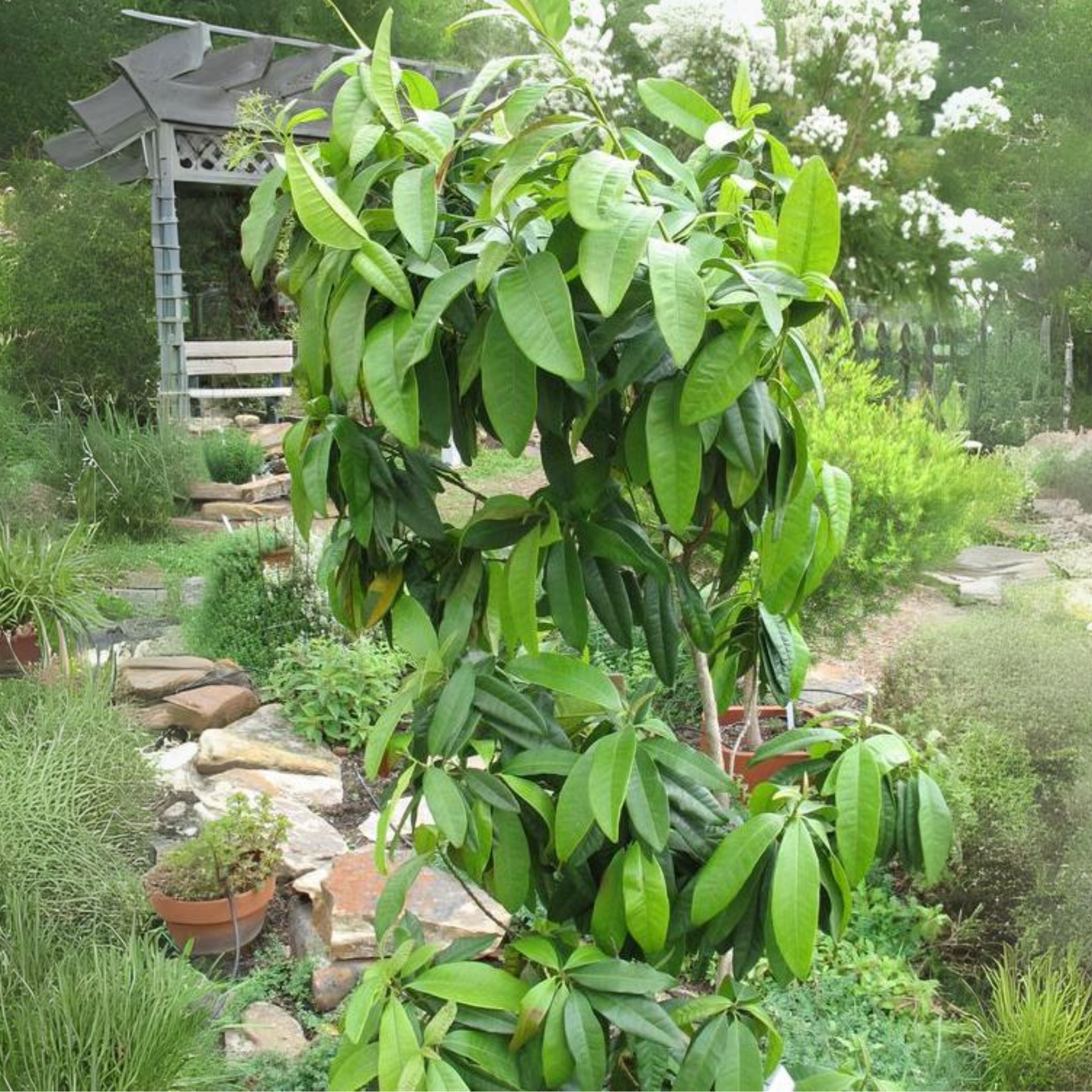
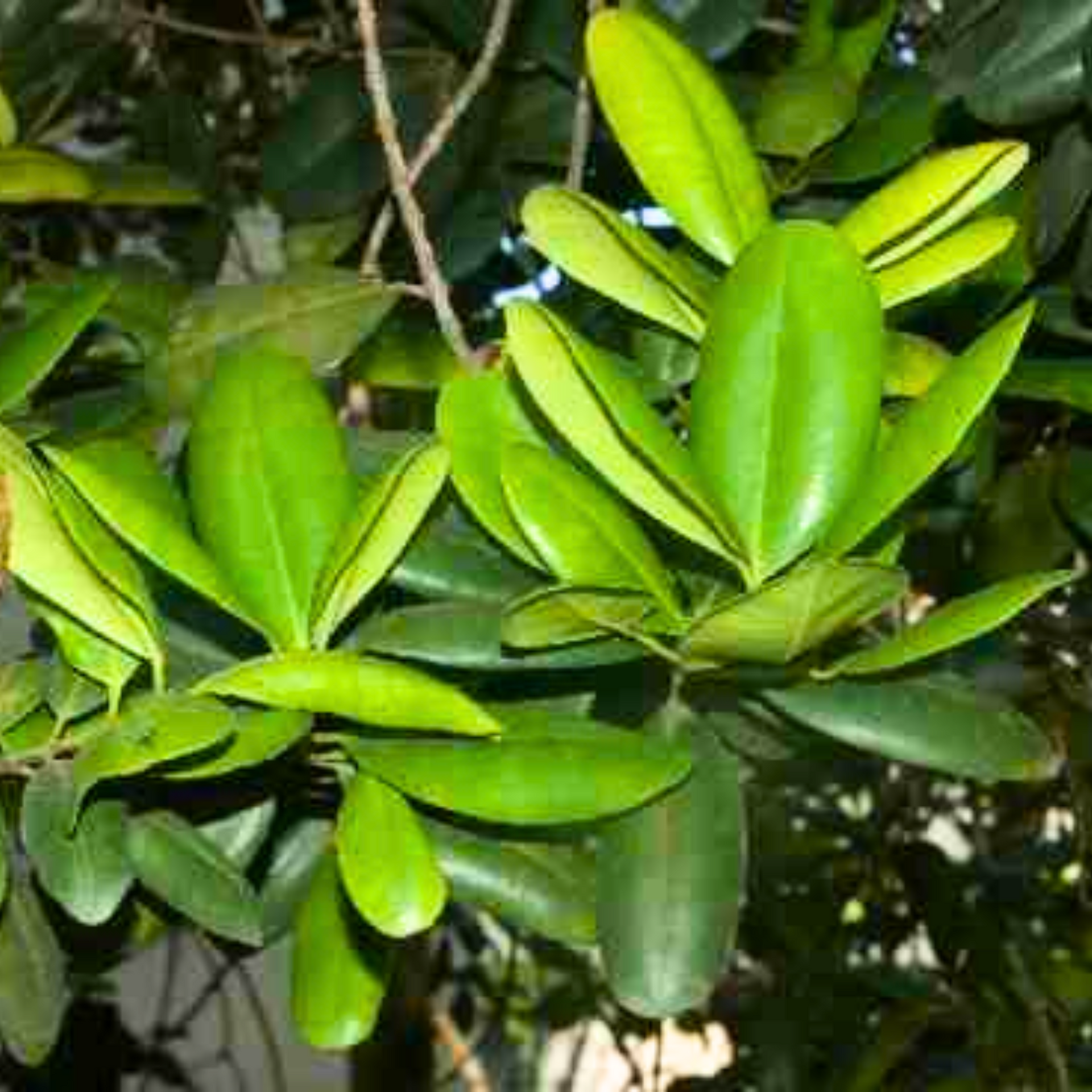
Green Paradise Offers AllSpices Plant
About AllSpices Plant
AllSpices, commonly known as allspice, is an aromatic evergreen tree native to the Caribbean region, particularly Jamaica. It belongs to the family Myrtaceae and is renowned for its flavorful and fragrant berries, which are often referred to as "allspice berries.
" Here are some key details about the AllSpices plant:
Physical Characteristics:
Allspice is a medium-sized tree that can reach a height of about 10-18 meters (30-60 feet) in its natural habitat. The tree has dense foliage, glossy dark green leaves, and small white flowers that grow in clusters.
Allspice Berries:
The most distinctive feature of AllSpices is its berries. These berries, which are the primary reason for the plant's culinary and medicinal uses, are harvested when they are green and unripe. They turn reddish-brown and develop a wrinkled appearance as they dry. The dried berries resemble large peppercorns and emit a complex aroma that combines the flavors of cloves, cinnamon, and nutmeg, hence the name "allspice."
Culinary Uses:
Allspice is widely used as a spice in various cuisines around the world. Its flavor is warm, pungent, and sweet with hints of clove, cinnamon, and nutmeg. It is a common ingredient in Caribbean, Mexican, and Middle Eastern dishes, adding depth to stews, sauces, marinades, and baked goods. Allspice is also a key component of Jamaican jerk seasoning.
Medicinal Properties:
AllSpices has a history of traditional medicinal use. The essential oil extracted from the berries contains compounds such as eugenol, which has antimicrobial and analgesic properties. Allspice has been used to relieve digestive issues, toothaches, and muscle pain. It has also been employed in traditional medicine for its carminative, antiseptic, and stimulant properties.
Cultivation:
AllSpices thrives in tropical and subtropical regions with well-drained soil and ample sunlight. The tree is primarily propagated through seeds or cuttings. It can take several years to bear fruit, and mature trees yield higher-quality berries. Jamaica remains a significant producer of allspice, although the plant is cultivated in other regions such as Central America, Mexico, and parts of South America.
Other Uses:
In addition to its culinary and medicinal uses, AllSpices has been utilized in the fragrance industry to create perfumes and colognes. The leaves of the allspice tree also possess aromatic properties and are sometimes used in cooking or for making teas.
Pimenta dioica, or allspice, is a versatile plant cherished for its unique flavor and fragrance. Its widespread culinary and medicinal applications have made it an essential ingredient in many global cuisines and a significant botanical resource.
How To Grow Allspice Plant
To grow an allspice plant (Pimenta dioica), also known as Jamaica pepper or pimento, you can follow these steps:
Climate and Location:
Allspice plants thrive in tropical or subtropical climates. They require warm temperatures, preferably between 60°F (15°C) and 86°F (30°C).
Choose a position with full sun exposure or partial shade.
Ensure the soil is well-drained and slightly acidic (pH around 6.0 to 6.5).
Propagation:
Allspice plants can be propagated from seeds or cuttings.
Seeds:
Soak the seeds in water for 24 hours before planting to enhance germination. Factory the seeds in pots filled with a well-draining replanting blend. Keep the soil consistently moist, and germination should occur within a few weeks.
Cuttings:
Take 6 to 8-inch (15 to 20 cm) semi-hardwood cuttings from a healthy allspice plant. Remove the lower leaves, dip the cut end in the rooting hormone, and plant the cutting in a pot with a well-draining rooting medium. Place the pot in a warm, humid environment and keep the soil moist until roots develop.
Planting:
Transplant the seedlings or rooted cuttings into larger pots or directly into the ground once they have developed a strong root system.
If planting in the ground, space the plants about 10 to 15 feet (3 to 4.5 meters) apart to allow for their eventual growth.
Care and Maintenance:
Watering:
Allspice plants prefer regular watering. Keep the soil constantly wettish but not doused.
Fertilization:
Feed the plants every two to three months with a balanced, slow-release fertilizer according to the manufacturer's instructions.
Mulching:
Apply a subcaste of organic mulch around the base of the factory to conserve humidity and suppress weed growth.
Pruning:
Prune the plant lightly to maintain its shape and remove any dead or damaged branches.
Pests and Diseases:
Allspice plants are generally resistant to pests and diseases. However, keep an eye out for aphids, scale insects, or fungal diseases, and take appropriate measures if necessary.
Harvesting:
It takes several years for an allspice plant to mature and start producing berries. Typically, they begin bearing fruit after 4 to 5 years.
Harvest the berries when they are green and fully developed. They should be firm to the touch and have a strong aroma.
Either pick the berries individually or cut the entire fruit clusters from the plant.
Dry the berries in a well-ventilated area until they become dark brown and hard. It can take weeks for this process to finish.
Store the dried allspice berries in a watertight vessel in a cool, dark place. They can be ground into a powder when needed.
Remember that growing allspice plants requires patience, as they take time to mature and produce fruit. With proper care and attention, you can enjoy the aromatic and flavorful allspice berries in your culinary adventures.
𝗥𝗲𝗹𝗮𝘁𝗲𝗱 𝗽𝗿𝗼𝗱𝘂𝗰𝘁𝘀
Flowering Plants
Green Paradise Tabebuia rosea Pink Trumpet Tree
Green Paradise Offers Beautiful Tabebuia Rosea Pink Trumpet Tree About Tabebuia Rosea Pink Trumpet Tree Green Paradise Presents Beautiful Pink Flowered Tree Tabebuia Rosea. Easy Growing And Can be Grown...
Rs. 699.00
Rs. 449.00
Outdoor Plant
Green Paradise Dwarf Variety Green Coconut Plant
Green Paradise Offers Dwarf Variety Green Coconut Plant About Green Coconut Plant The dwarf variety of green coconut plants, also known as the dwarf coconut palm or Cocos nucifera...
Rs. 699.00
Rs. 499.00
Fruit Plants
Green Paradise Italian Lemon Fruit Live Plant
Green Paradise Offers Amazing And Most Easy To Grow Italian Lemon Plant About The Italian Lemon Plant Light The Lemon Tree thrives in full sun in a place that...
Rs. 399.00
Flowering Plants
Madhumalati Rangoon Creeper Double Petal Plant
Green Paradise Offers Beautiful Madhumalti Double Petal Rangoon Creeper Plant About Madhumalti Creeper The Madhumalti Creeper with Double Petals, also known as Rangoon Creeper (Scientific name: Quisqualis indica), is a...
Rs. 539.00
Rs. 399.00
Fruit Plants
Green Paradise Original Desi Lemon (Kagzi Lemon)Plant
Green Paradise Offers Original & Healthy Desi Lemon Plant About Desi Lemon Plant The Desi Lemon plant, scientifically known as Citrus limon, is a small to medium-sized tree...
Rs. 349.00
Flowering Plants
New rare Blue Hibiscuss Alyogyne huegelii live and healthy plant
Enchanting Elegance: Unveiling the Allure of the Green Paradise Blue Hibiscus Plant About Blue Hibiscus Plant Nature never ceases to amaze us with its boundless creativity, and the blue hibiscus...
Rs. 299.00
SOIL & FERTILIZERS
porous rocks for Soilmix In bonsai,succulents and adenium Plants 5kg pack
green Paradise porous rocks Provides High quality ingredients throughout, Good water-retention, Good drainage and Good aeration to the plants. porous rocks are Light Weight And used as a component of...
Rs. 649.00
Herbal And Medicinal Plants
Maghai Pan Nagarvel Betel Leaf Live Plant
Green Paradise Offers Maghai Pan (Betel Leaf) Plant About Maghai Pan Plant Maghai Paan (Betel leaf), also known as Piper beetle, is a perennial vine belonging to the Piperaceae family....
Rs. 349.00

